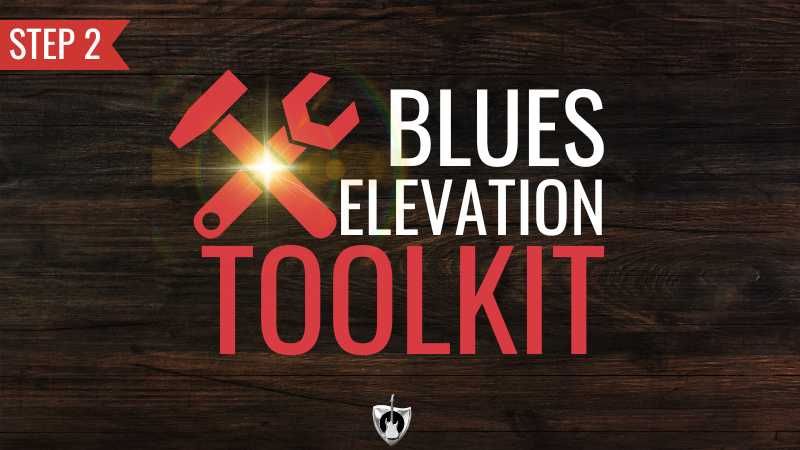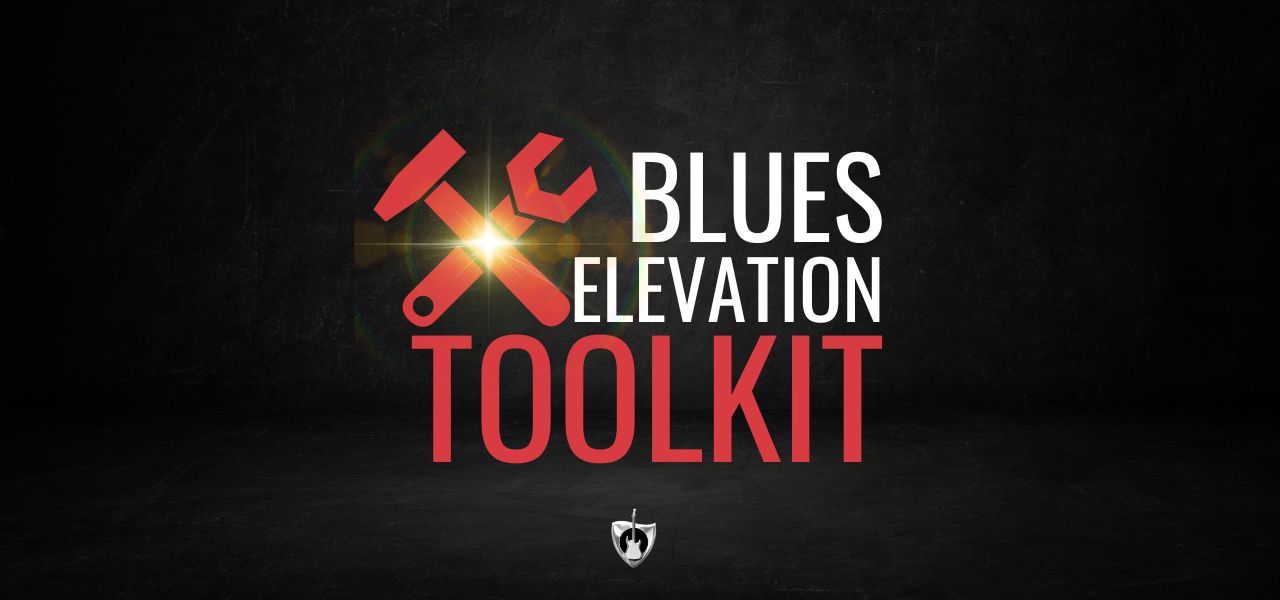Hammer-Ons and Pull-Offs - 136
Being able to use Hammer-ons and Pull-offs effectively can take your lead playing to the next level.
***Don't forget to grab your FREE copy of my Hammer-On and Pull-Off practice workout here:
https://www.playguitaracademy.com/hammer
Today, I show you how to use them, the different uses for them, and some very cool exercises you can do to get that smooth sound into your playing.
The earliest memory I have of when I realized that someone was playing something fast without using a pick was the trill in the beginning of Robin Trower's Bridge of Sighs.
It didn't sound choppy like a fast pick run. It was just back and forth between two notes. Nothing fancy. But, something about the sound of that quick intro captivated me.
It turns out, he was playing off of the open D string and the second fret with just his second finger of his fretting hand going on and off. No pick attack at all.
After I figured out what he was doing, I started hearing this distinctive sound in all sorts of different songs in all sorts of different styles of music.
The technique of hammering-on a fretted note, and pulling-off to another lower note on the same string has been around for a long time. It sounds great and looks easy to do. But not so fast, there is definitely a learning curve here. Let's take a good look at this technique.
Let's start off with Hammer-Ons.
What we are ultimately doing is sounding notes without using our picking hand
And, how do we do that, sheer force.
What you will find is that just by hitting the note you want with a finger on your fretting hand with enough force, the string will start to vibrate. Now this isn't just pressing the string down, you have to hit it fairly hard.
You can try this by bringing your third finger on your fretting hand down fairly hard on the third fret of the High E string.
If you do it just behind the third fret, it should be pretty easy to hear that third fret note ring out from the force of your third finger.
What you will find, quickly, is that this technique of Hammer-Ons has a pretty heavy physical component to it and some negatives as well.
The first being sore fingers. The added pressure of hitting the string with the tips of your fingers can take some getting used to. But, just like when you first started playing guitar, the soreness doesn't last long. A week or two is usually how long it lasts.
The next being wrist and back of the hand pain. Just like anything you do on the guitar, start slow and let your hands and wrists get used to the movement.
Because there is so much force in Hammer-Ons, it's easy to strain your muscles.
What about Pull-Offs?
How are Pull-offs different from Hammer-Ons and how do we perform them?
Pull-Offs are physical, but in a different way. Instead of lifting your finger off of a note, you pull down and away.
They are about removing your finger from a note in a way that lightly plucks the string and makes a lower note behind it ring.
It's like picking without a pick.
You can try this by fretting the third fret of the High E string, then moving your finger down towards the floor. You remove your finger from the string and in doing so you lightly pluck the string.
Putting Hammer-Ons and Pull-offs together
So now the fun starts. Hammer-Ons and Pull-Offs were made to go together just like peanut butter and Jelly. And once you get some momentum going, they become easier to get the string ringing.
Use the example from before but in this order, Hammer-On, Pull-Off, Hammer-On, Pull-Off.
Try and see how long you can go. What is surprising is how much effort it takes to keep this up. After a minute of this, you will be really feeling it.
This is something that definitely could benefit from regular daily practice to build strength and endurance.
Another tip to get your Hammer-Ons and Pull-Offs together is to use proper Finger placement.
Make sure that your finger tip hits the string very close to the fret, but not on it or over. Why, because the farther you are away, the more force it requires to get the note to sound.
What are some different uses of Hammer-Ons and Pull-Offs?
The first use I'm gong to go over is trilling.
When you play a trill you repeat he back and forth movement between two notes using Hammer-Ons and Pull-Offs. You can start this off with a Hammer-On, or you can pick the first note to start the momentum.
This is my favorite use by far and the one I talked about earlier that is common in the playing of Robin Trower, Jimi Hendrix, and Stevie Ray Vaughan.
One of the fun things about playing trills is being able to varying the speed as you go. Going from a slow eighth note trill up to as fast as you can play and back adds a ton of atmosphere to what ever you are playing. But, playing a trill in time, especially at faster tempos sounds very cool.
Another way to play a trill is to take advantage of the open strings. Incorporating the open string gives frees up one of your fingers and tends to have more sustain than a trill up high.
Another use is to use them in a Legato technique.
Way back on episode 27, I did a whole podcast on this technique. Playing Legato gives single note runs a very Smooth and flowing sound without the attack of the pick.
This can be used with just Hammer-Ons, just Pull-Offs, or a combination of both. Typically you hear this style being used going up and down the scales and used with a good amount of gain.
When you are playing up or down a scale the notes are right next to each other and are easy to get to. Playing legato over large stretches and going across strings takes a lot of practice to sound correct, so a lot of players stick close to the scale.
Playing fast runs across the guitar with three note per string scales can sound fantastic using a legato technique. In three note per string scale runs, Hammer-Ons and Pull-Offs are pretty common.
That's mostly because you know that you only have to pick once per string and get two Hammer-Ons or Pull-Offs before you have to move on to the next string. It makes it easy to think about and uniform finger placement on the fretboard.
The last, but most popular use for them is Tapping.
Tapping takes Hammer-Ons and Pull-Offs to it's limit. When you tap you add another element to the process. You add the fingers of your picking hand to extend the range of the technique. Usually the first finger of the picking hand is used, but there are many different techniques that use more that one.
Fantastic for arpeggios. Especially triads. It's common to hear tapping with three notes per string. First finger and third finger of the fretting hand and first finger of the picking hand are used. Those three notes can use the three chord tones of a triad to complete the harmony. And, when adjustments are made to those notes, they can outline different chords to suggest different progressions
A common practice is to replace the first finger of your picking hand with the edge of your pick tapped on the fret. It adds a very different sound than just picking or tapping that note.
GET FREE WEEKLY GUITAR LESSONS, PODCASTS, AND MOTIVATION DELIVERED TO YOUR INBOX.
Your information is kept safe. It's never shared with third parties.




